-
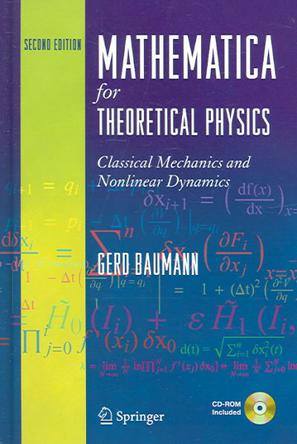
Mathematica for Theoretical Physics (2nd edition)
Review From the reviews of the second edition: "The new edition contains a lot of additional material and new examples, and more emphasis is put on an interactive problem solving. In particular, advantage is taken of many special functions and frequently used operations which are available in Mathematica, in order to demonstrate how Mathematica can be used to replace lengthy ‘by-hand’ calculations and to give graphical support. The book is accompanied by a CD-ROM containing examples and programs." (M. Plum, Zentralblatt MATH, Vol. 1095 (21), 2006) Product Description Class-tested textbook that shows readers how to solve physical problems and deal with their underlying theoretical concepts while using Mathematica® to derive numeric and symbolic solutions. Delivers dozens of fully interactive examples for learning and implementation, constants and formulae can readily be altered and adapted for the user’s purposes. New edition offers enlarged two-volume format suitable to courses in mechanics and electrodynamics, while offering dozens of new examples and a more rewarding interactive learning environment. CD-ROM presents the entire text contents and interactive examples in Mathematica® Notebooks for problem solving and learning. From the Back Cover Mathematica for Theoretical Physics: Electrodynamics, Quantum Mechanics, General Relativity, and Fractals This second edition of Baumann's Mathematica® in Theoretical Physics shows readers how to solve physical problems and deal with their underlying theoretical concepts while using Mathematica® to derive numeric and symbolic solutions. Each example and calculation can be evaluated by the reader, and the reader can change the example calculations and adopt the given code to related or similar problems. The second edition has been completely revised and expanded into two volumes: The first volume covers classical mechanics and nonlinear dynamics. Both topics are the basis of a regular mechanics course. The second volume covers electrodynamics, quantum mechanics, relativity, and fractals and fractional calculus. New examples have been added and the representation has been reworked to provide a more interactive problem-solving presentation. This book can be used as a textbook or as a reference work, by students and researchers alike. A brief glossary of terms and functions is contained in the appendices. The CD-ROM accompanying each of the two volumes contains Mathematica® notebooks as well as Mathematica® programs. The notebooks contain the entire text of the corresponding volume and can interface with Mathematica®. The examples given in the text can also be interactively used and changed for the reader’s purposes. -
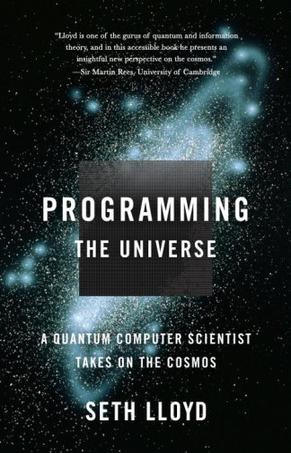
Programming the Universe
Is the universe actually a giant quantum computer? According to Seth Lloyd, the answer is yes. All interactions between particles in the universe, Lloyd explains, convey not only energy but also information–in other words, particles not only collide, they compute. What is the entire universe computing, ultimately? “Its own dynamical evolution,” he says. “As the computation proceeds, reality unfolds.” Programming the Universe, a wonderfully accessible book, presents an original and compelling vision of reality, revealing our world in an entirely new light. -
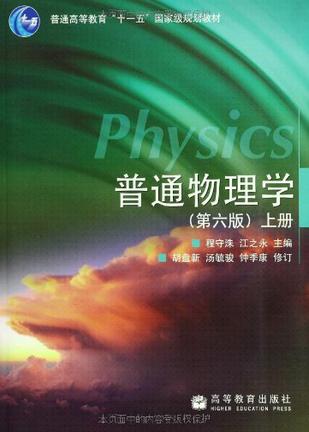
普通物理学(上册)
? 本书是普通高等教育“十一五”国家规划级教材,是在程守洙、江之永主编的《普通物理学》(第五版)的基础上,参照教育部物理基础课程教学指导分委员会新制定的《理工科非物理类专业大学物理课程教学基本要求》修订而成的,书中涵盖了基本要求中所有的核心内容,并精选了相当数量的拓展内容。本书在修订过程中继承了原书的特色,尽量做到选材精当,论述严谨,行文简明,对经典物理内容进行了精简和深化,增强现代的观点和信息,对近代物理内容进行了精选和普化,加强学习新知识的基础,并适当介绍现代工程技术的新发展和新动态。 本书分为上、下两册,上册包括力学、热学、电磁学,下册包括振动、波动、光学和量子物理。配套的有网络课程、电子教案、习题分析与解答、思考题分析与拓展、学习指导书等资料。本书可作为高等学校理工科非物理类专业的教材,也可供相关专业选用和社会读者阅读。 -
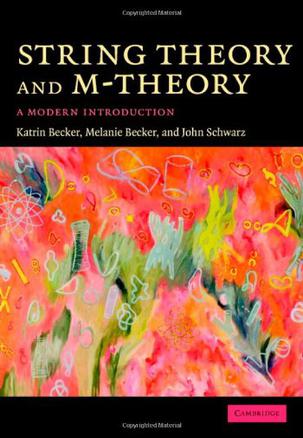
String Theory and M-Theory
String theory is one of the most exciting and challenging areas of modern theoretical physics. This book guides the reader from the basics of string theory to recent developments. It introduces the basics of perturbative string theory, world-sheet supersymmetry, space-time supersymmetry, conformal field theory and the heterotic string, before describing modern developments, including D-branes, string dualities and M-theory. It then covers string geometry and flux compactifications, applications to cosmology and particle physics, black holes in string theory and M-theory, and the microscopic origin of black-hole entropy. It concludes with Matrix theory, the AdS/CFT duality and its generalizations. This book is ideal for graduate students and researchers in modern string theory, and will make an excellent textbook for a one-year course on string theory. It contains over 120 exercises with solutions, and over 200 homework problems with solutions available on a password protected website for lecturers at www.cambridge.org/9780521860697. -
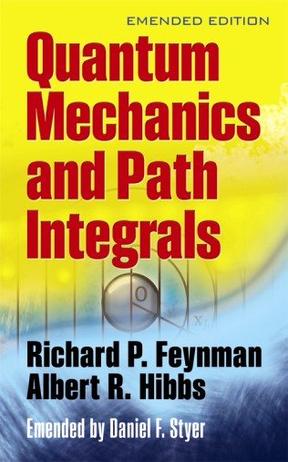
Quantum Mechanics and Path Integrals
The developer of path integrals, Nobel Prize-winning physicist Richard Feynman presents unique insights into this method and its applications. Feynman starts with an intuitive view of fundamental quantum mechanics, gradually introducing path integrals. Later chapters explore more advanced topics, including the perturbation method, quantum electrodynamics, and statistical mechanics. 1965 edition, with 2005 emendations. -
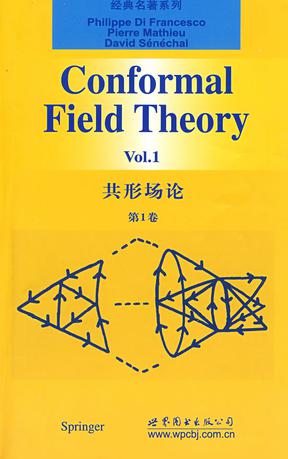
共形场论 第1卷
《共形场论(第1卷)》共18章,分为3个部分。 第1部分——简介。第1章中对《共形场论(第1卷)》涉及的相关概念进行了简单回顾。第2章是量子场论的一些基本概念,如自由玻色(费米)子,路径积分,关联函数,对称与守恒量,以及能动张量。第3章则涉及统计力学的一些基本概念,如玻尔兹曼分布,临界现象,重整化群和转移矩阵。 第2部分——基础理论。首先,第4章介绍了全局的共形不变。然后,第5章详细论述了有关二维共形不变基本而重要的概念,内容包括初级场、关联函数、Ward恒等式、自由场、算子积展开和中心荷等等。第6章则是更为详细论述算子表述下的共形场论,此章的重点是Vimsoro代数:和顶点代数。随后两章论述了极小模型,极小模型是共形场论中最重要的模型之一。第9章和第10章分别介绍库仑气体和模不变,屏蔽算子和Verlinde公式等重要概念亦先后引入。第11、12两章分别介绍了Q-态Potts模型和二维Ising模型。 第3部分——具有李群对称性的共形场论。第13章介绍了单李代数的一些基本内容,如单李代数的结构,最高权表示和特征标等等。第14章为仿射李代数(亦称Kac-Moody代数),内容基本与第13章平行。第15~17章,讨论的主题都是WZW(Wess-Zumino.Witten)模型。WZW模型是二维共形场论中另一个最重要的模型,它集中体现了二维共形场论的各种性质。最后一章,即18章为陪集构造。陪集构造是共形场论最重要的手段之一。对于物理学或是数学工作者而言,陪集构造方法将二维共形场论的研究带入到一个新的天地。 《共形场论(第1卷)》各章之后有大量的练习题,可检验和加深对所学内容的理解。